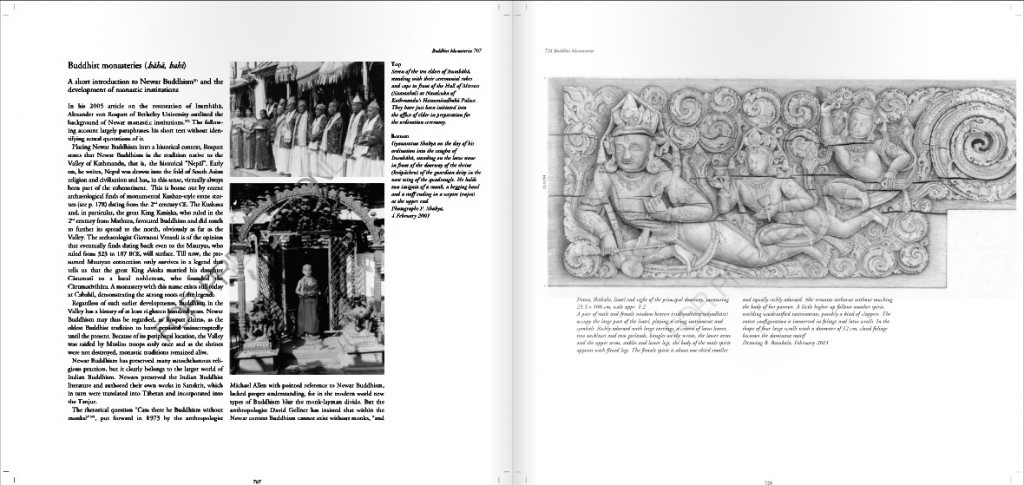Giovanni Verardi (appendices by Federica Barba). Hardships and Downfall of Buddhism in India. Nalanda-Sriwijaya Series 4. Delhi/Singapore: Manohar & Institute of Southeast Asian Studies, 2011. 523 pp.
Not a very catchy title, but I doubt that something more direct (say, The Hindu Extermination of Buddhism) would have been very appealing to Singapore’s Nalanda-Sriwijaya Centre, the book’s publisher.
This book is an extraordinary achievement, all the more so for it relying only indirectly, for the most part, on scriptural and epigraphic sources. Verardi’s contribution is based on something at least as useful: first-hand observation of the key sites and remains, clearly articulated in terms of long-term patterns. It is by far one of the most important contributions to the study of Buddhism in India published in a long time — though I don’t agree with everything in it, by any means. (Given the chance, I will expand on that later.) The omission of any discussion of the Theravādins’ catastrophic role, painstakingly explained in Peter Schalk’s 2002 Buddhism among Tamils volumes, has to be regarded as particularly puzzling — at least until one sees Peter Skilling’s name in the acknowledgements. But let me be clear: Verardi, who has pursued his line of inquiry for over three decades, has succeeded in making sense out of a slew of data in a way that is unlikely to be bettered for some time.




